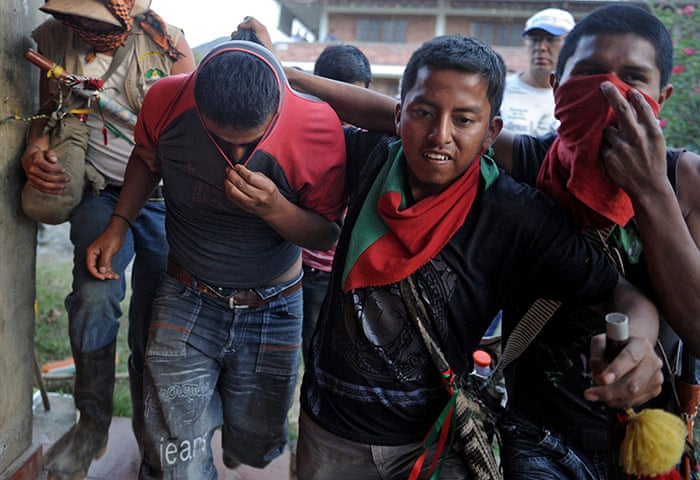By Kathryn Maureen Ryan
Managing Editor, Impunity Watch
BANGUI, Central African Republic –Gold, diamonds and other minerals from war zones may end up in every day products sold in the west from jewelry and kitchen supplies to laptops and smartphones. While the Kimberly Process Certification Scheme was established in 2003 to combat the sale of Conflict Diamonds, blood diamonds continue to reach the legal rough diamond market. According to a report published by a United Nations Panel, the sale of Conflict Diamonds, often known as Blood diamonds may be fueling the conflict in the Central African Republic. The Central African Republic was plunged into violent chaos when northern, mostly Muslim Seleka rebels seized control of the majority Christian country in March of last year. The event sparked a violent backlash led by the largely Christian ‘anti-balaka’ militia. The sale of Diamonds, Gold and other minerals has created a funding pool for both sides in the ongoing conflict. Last year, the Kimberley Process, which was established in response to the conflict-diamond crisis to prevent blood diamonds from entering the market and fueling conflict, imposed an export ban on raw stones from the Central African Republic. However, since the export ban was put into place an estimated 140,000 carats of diamonds, valued at $24 million, have been smuggled out of the country, According to a United Nations panel.
According to a Report published by the United Nations, a panel of experts concluded that the peacekeeping mission (MINUSCA) in Central Africa should deploy peacekeeping troops to the remote northern region of the country and use drones to monitor the rebel-controlled region to put an end to simmering violence there. The UN panel stated that an estimated 3,000 people have been killed in the Central African Republic between December 2013 – when the United Nations Security Council imposed an arms embargo in response to ongoing violence in the country – and August this year.
Despite the embargo, The UN report found that there has been no progress in disarming rebel factions in the country since March of this year and that any hopes of achieving peace were being further complicated by splitting reported within both the former Seleka rebels and the anti-balaka militia. The Report said, “Competition among political representatives of armed groups for ministerial positions, as well as among military commanders for control of resources, accounts for of the recent infighting between former components of Seleka and rival factions of anti-balaka.”
On Tuesday the International Contact Group for the Central African Republic is due to meet in Bangui. The group is made up of representatives of the United Nations, the African Union, the European Union, the Economic Community of Central African States, the United States, France and the Republic of Congo. Human Right Watch called on the group to publically call for an end to sectarian violence in the country.
“Ending the violence against civilians in the Central African Republic should be the top priority at the contact group’s first meeting in Bangui,” said Daniel Bekele, Africa director at Human Rights Watch. “This is a critical moment for international policy makers to say loudly and clearly that those who kill, torture, and rape will one day face a court of law. The time of impunity is over.”
For more information please see:
All Africa – Central African Peacekeeping Force Gears Up For Action – 10 November 2014
Human Rights Watch – Central African Republic: Urge End to Killings – 10 November 2014
United Nations News Centre – Central African Republic: UN Urges Support to Meet Basic Needs in Hard-Hit Province – 10 November 2014
Reuters – Gold, Diamonds Fuelling Conflict in Central African Republic: U.N. Panel – 5 November 2014


